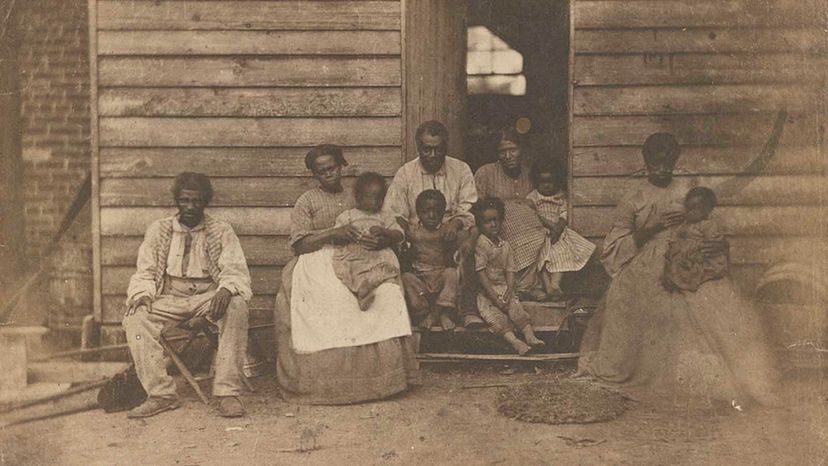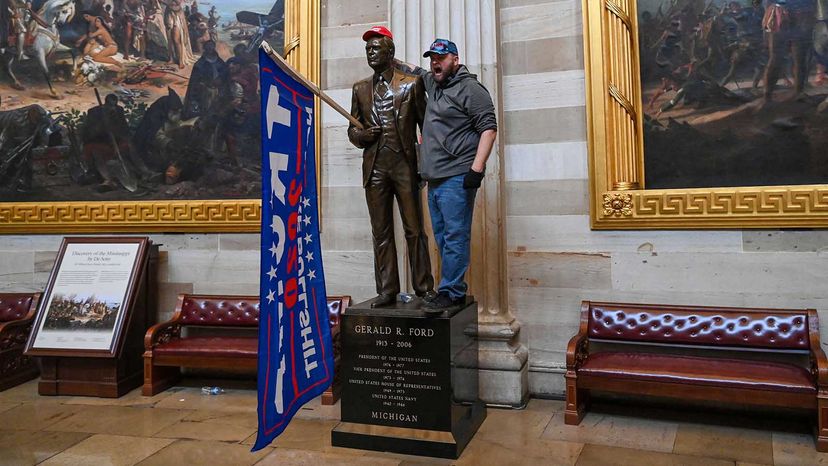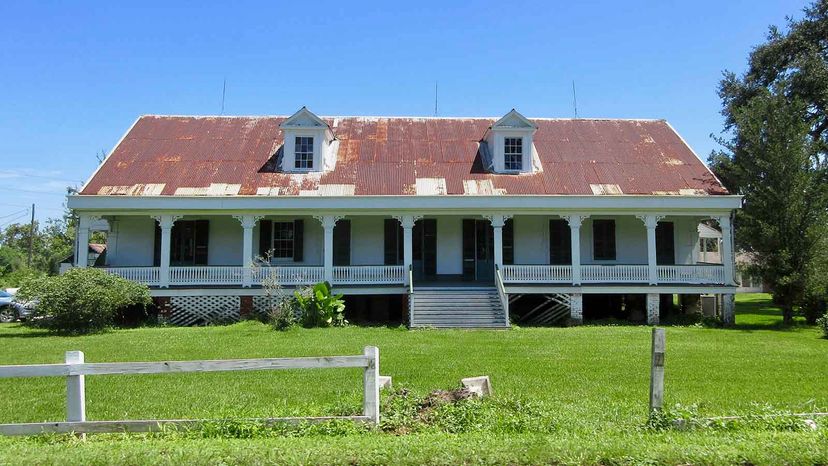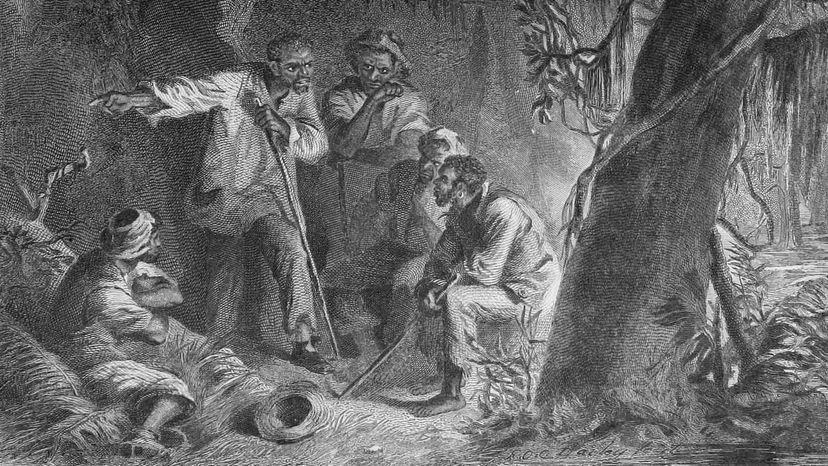
For most Americans, Jan. 6 was once an ordinary, ho-hum day.
That changed in 2021 when millions of television viewers watched thousands of Trump supporters assault the U.S. Capitol in their violent attempt to stop Joe Biden's presidential victory.
HSW General Knowledge Trivia 1
Legislators fled for their lives as the mob shattered windows and vandalized congressional offices.
While those images and subsequent congressional investigation and report are part of the collective memory, a debate still rages over what exactly to call what happened that day. Was it a rally comprising American patriots or, as many Republicans refer to the day's events, "legitimate political discourse"?
Or was it an insurrection, as most observers have called the Jan. 6 attack?
Contents
Words Matter
As a professor who teaches rhetoric of social movements, I am well versed in concepts of protests, rebellions and insurrections.
In fact, my research on police brutality is heavily influenced by Black Lives Matter and other movements focused on Black liberation and safety.
In an article published in the academic journal American Behavioral Scientist, my colleague Sharifa-Simon Roberts and I argue that any discussion about American insurrections must include the experiences of Black rebellions.
For centuries, insurrections were among the only tools enslaved people had for social change and, ultimately, freedom.
From Nat Turner's insurrection in 1831, the story of which was developed into a movie, to the squelched insurrection in 1687 of a Black man named Sam who was owned by Richard Metcalfe, insurrections and rebellions have always been used by Black people who were enslaved in the U.S.
In my view, what happened Jan. 6, 2021, was a co-option of a Black liberation tactic that was used to remedy an injustice enshrined in the law.
But unlike Trump's false claims of voter fraud, which were legally challenged and proven untrue, insurrections by enslaved people were based on a legitimate flaw in the U.S. Constitution: the denial of full citizenship based on skin color and race.

SAUL LOEB/AFP via Getty Images
Insurrections by Enslaved People
According to federal law, an insurrectionist is "whoever incites, sets on foot, assists, or engages in any rebellion or insurrection against the authority of the United States or the laws thereof, or gives aid or comfort thereto."
If found guilty, an insurrectionist could be fined or imprisoned for no more than 10 years and "shall be incapable of holding any office under the United States."
In my view, rebellions of the enslaved can aptly be classified as insurrections.
From the early 1600s, historians estimate that there were around 250 insurrections in America that involved 10 or more enslaved people using violence to fight for equal rights.
In his work published in 1937, historian Herbert Aptheker writes, "Nothing has been more neglected, nor, more distorted than the story of slave revolts."
We summarize a few of them below.
The Stono Rebellion of 1739
The Stono Rebellion was the largest and deadliest insurrection by enslaved people in the 18th century.
In a bloody fight for freedom, dozens of enslaved men in Colonial South Carolina raided a firearms store and attempted to journey to freedom. The group grew to about 60 people and continued to fight, but white people quickly stopped the progress.
By dusk, the insurrection had ended. Half the men were killed, and the other half captured, left to an uncertain fate.
The Louisiana Slave Revolt of 1811

Inspired by the Haitian Revolution, when people of color overthrew their French colonizers at the turn of the 19th century, enslaved man Charles Deslondes led one of the largest insurrections in American history.
Armed with muskets and ammunition stolen from the plantation of Manuel Andry in St. John the Baptist Parish, enslaved people mobilized and killed Andry and his son, Gilbert.
Donning the military uniforms once proudly worn by their oppressors, the group continued throughout New Orleans, wreaking havoc on plantations along the way. It is estimated that between 200 to 500 enslaved people participated in the insurrection before a white militia defeated them.
The Southampton Insurrection of 1831

One of the most well-documented and well-known slave insurrections in history was led by Nat Turner. As a preacher, Turner used his belief in God to unite the enslaved and lead the largest insurrection in American history.
Known as the Southampton Insurrection, Turner's rebellion started where he was enslaved, the Travis plantation near Jamestown, Virginia, the first permanent English settlement in what's now the United States. After Turner and around 70 rebels killed the plantation's owner, they marched throughout the county, resulting in the death of nearly 60 men, women and children.
Thirty years later, in 1861, The Atlantic published a recounting of the insurrection by white abolitionist Thomas Wentworth Higginson.
"The black men passed from house to house, not pausing, not hesitating, as their terrible work went on," Higginson wrote. "From every house they took arms and ammunition, and from a few, money; on every plantation they found recruits."
Unequal Insurrections?
In their article "From Protest to Riot to Insurrection," National Public Radio journalists detailed the importance of using specific language to cover Jan. 6.
Merriam-Webster observed a 34,450 percent increase in individuals looking up the definition of "insurrection" in the days following Jan. 6, 2021.
The word was also listed as Merriam-Webster's runner-up for 2021 word of the year, losing out to "vaccine."
Despite the interest in the word and the ongoing debate over the events of Jan. 6, 2021, in my view some insurrections are more equal than others as the legitimate plight of enslaved people continues to be ignored, overlooked and all but forgotten.
Deion S. Hawkins, Ph.D., is an assistant professor of argumentation and advocacy and the director of debate at Emerson College in Boston, Massachusetts.
This article is republished from The Conversation under a Creative Commons license. You can find the original article here.